- Home
-
Screening
- Ionic Screening Service
-
Ionic Screening Panel
- Ligand Gated Ion Channels
- Glycine Receptors
- 5-HT Receptors3
- Nicotinic Acetylcholine Receptors
- Ionotropic Glutamate-gated Receptors
- GABAa Receptors
- Cystic Fibrosis Transmembrane Conductance Regulators (CFTR)
- ATP gated P2X Channels
- Voltage-Gated Ion Channels
- Calcium Channels
- Chloride Channels
- Potassium Channels
- Sodium Channels
- ASICs
- TRP Channels
- Other Ion Channels
- Stable Cell Lines
- Cardiology
- Neurology
- Ophthalmology
-
Platform
-
Experiment Systems
- Xenopus Oocyte Screening Model
- Acute Isolated Cardiomyocytes
- Acute Dissociated Neurons
- Primary Cultured Neurons
- Cultured Neuronal Cell Lines
- iPSC-derived Cardiomyocytes/Neurons
- Acute/Cultured Organotypic Brain Slices
- Oxygen Glucose Deprivation Model
- 3D Cell Culture
- iPSC-derived Neurons
- Isolation and culture of neural stem/progenitor cells
- Animal Models
- Techinques
- Resource
- Equipment
-
Experiment Systems
- Order
- Careers
Technical Methods
Channelomic studies screen potential drugs for their effectiveness at channelopathies, by examining the binding affinities of candidate drug compounds, by a variety of techniques, including patch clamp electrophysiology, PCR, and immunohistochemistry.
Creative Bioarray is your ideal and reliable innovation partner in research endeavors. We have a comprehensive cell bank with a variety of specialized and unique stable cell lines expression ion channels that can be applied to a variety of in vitro research and in vivo pharmacology study instantly.
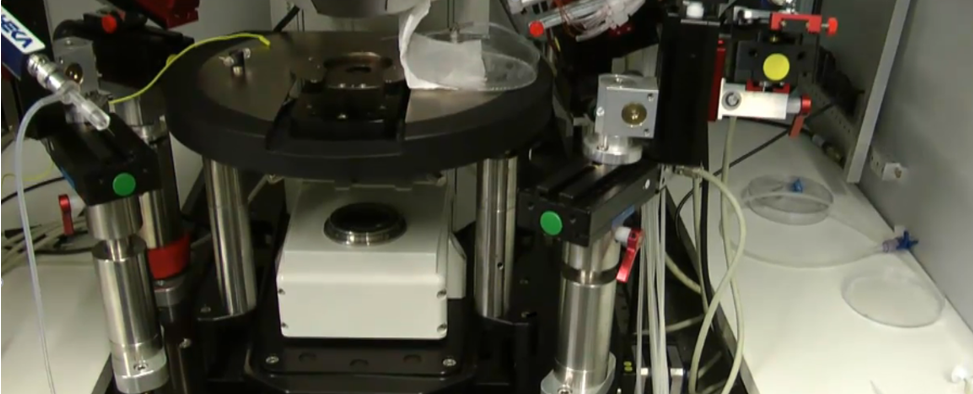
Patch-Clamp Recording Protocol
The major limitation of in vivo patch-clamp recording is its technical difficulty, which requires experienced personnel and a large amount of patience. The workflow of patch-clamp recording involves pressing a glass micropipette against a cell in order to isolate a small "patch" of membrane that contains one or more ion channels. The experimental setup further allows researchers to...
Learn More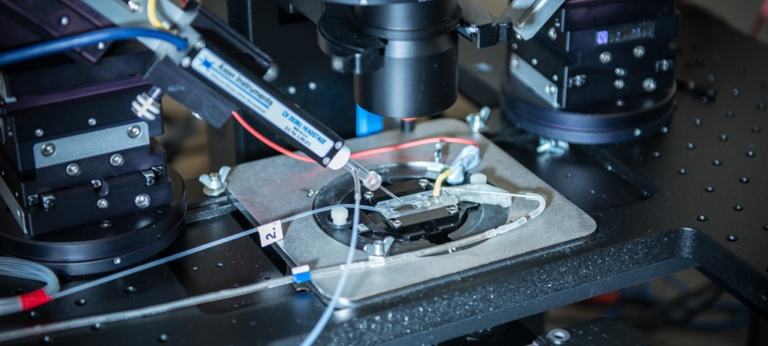
The Patch-Clamp Technique
Cellular physiological properties are closely related to the biological, chemical and physical properties of cells. The patch clamp technique is a laboratory technique in electrophysiology, which is used to study ionic currents in individual isolated living cells, tissue sections, or patches of cell membrane, investigating cellular physiological function...
Learn More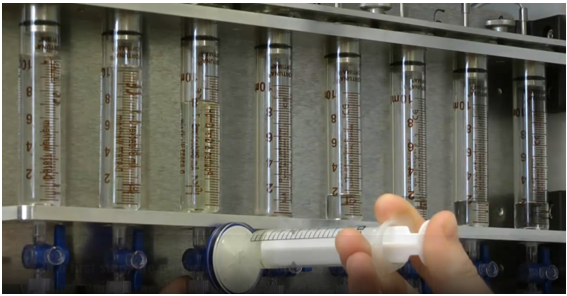
Laboratory Techniques in Electrophysiology
Measuring electrical currents passing through ion channels or changes in cell membrane potential, electrophysiology techniques are used to record the electrical activity of neurons, or evaluate compound cardiovascular safety. In brief, there are three fundamental types of electrophysiological probes that can measure activity...
Learn More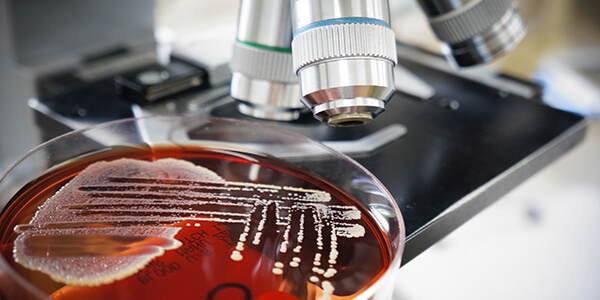
Stable Cell Line Construction Protocol
Generation of a stable cell line refers to the process of developing homogenous populations of cells that demonstrate the expression of a transfected gene insert. Recombinant stable cell lines are one of the widely used tools in drug discovery, toxicity testing, and basic research. Here we provide a brief protocol of stable cell line construction for research...
Learn More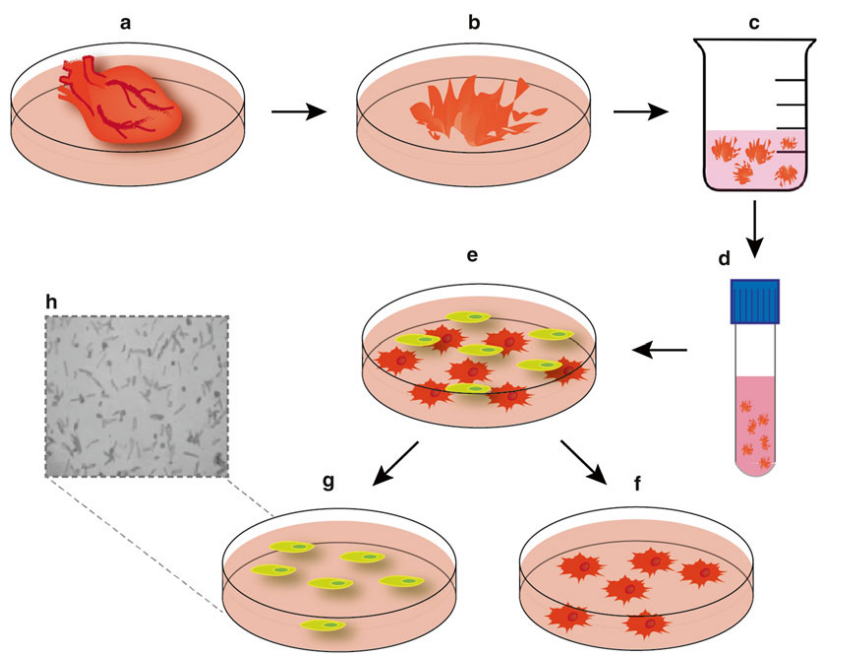
Acute Isolated Cardiomyocytes Technique
The use of adult cardiomyocytes isolated from rat and other animal cardiac tissue has been the gold standard for in vitro studies of cardiac electrophysiology since the 1970s. It is well known that the patch clamp technique can be used to record a variety of ionic currents on cardiomyocytes, such as potassium current, sodium current...
Learn MoreRelated Section
Inquiry

